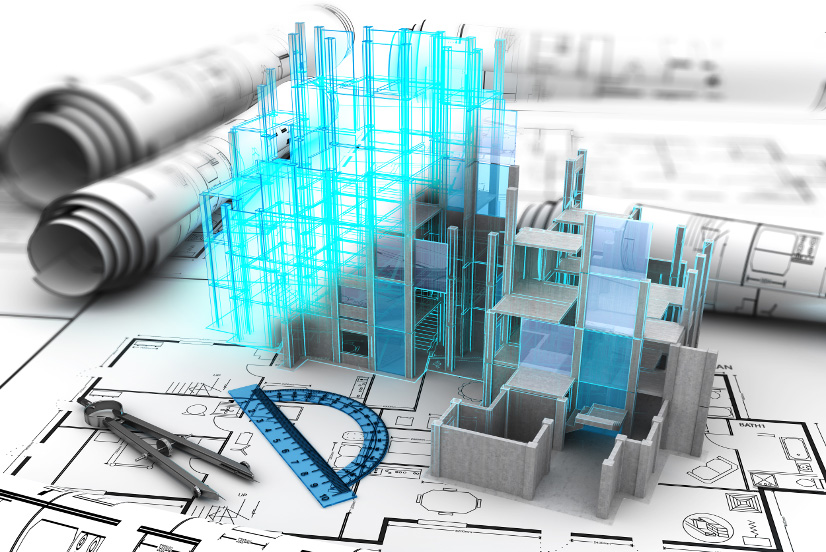AI integration expected to revolutionize construction

THE integration of artificial intelligence (AI) and building information models (BIM) is poised to significantly benefit the construction sector, construction technology firm PlanRadar said.
This synergy could yield considerable reductions in construction costs while simultaneously minimizing design errors, PlanRadar Head of Sales, Central Asia, MENA, and APAC Vitaly Berezka said in an e-mail interview last week.
BIM refers to 3D model-based software that assists engineers and architects in planning and design.
Mr. Berezka cited fluctuating material prices and labor expenses, influenced by factors such as inflation, as affecting project viability and profitability.
He added that embracing digitalization allows developers to adapt and stay competitive amid evolving market demands, delivering high-quality projects that meet the needs of clients and communities.
“For instance, AI-powered predictive analytics can anticipate delays and bottlenecks, enabling proactive mitigation measures that may reduce construction time by weeks or even months,” he said.
Meanwhile, for aerial surveys and site monitoring, AI-enabled drones can be used to provide real-time data on project progress and detect plan backlogs.
According to an industry report by Procore Technologies, Inc. in 2022, despite the enthusiasm in the local construction industry, there are technological challenges in upgrading, particularly in developing countries like the Philippines.
The survey found that 44% of respondents expressed concerns with data security, while 43% were concerned with other issues, including inadequate software solutions, the high cost of digital transfers, and a lack of support from technological providers.
In response, Mr. Berezka said industry stakeholders must maintain transparent communication and education about AI technologies, dispelling misconceptions and building the industry’s confidence in their capabilities.
Developers need to focus on deploying strong encryption protocols and access controls to protect sensitive data and thwart unauthorized entry, he said.
“Investing in robust data security measures and compliance frameworks can alleviate potential risks related to data breaches and privacy concerns.”
He said a culture of cybersecurity awareness should be established through training among staff members to be able to pinpoint and address potential threats adeptly.
Mr. Berezka also suggested partnering with cybersecurity professionals and governmental bodies that offer valuable expertise and tools to bolster infrastructure resilience against cyberattacks.
On the necessary steps in digital transformation for Filipino developers, Mr. Berezka said it starts with an assessment of current capabilities and identifying areas for improvement.
It is then followed by developing a comprehensive digital strategy tailored to the company’s goals and resources that covers technology adoption and implementation, workforce training, and change management.
Developers can use digital solutions, such as digital project scheduling and project management software, to make data-driven decisions, he said.
Digital technologies like BIM typically incur initial setup costs for software licenses, hardware, and training, but Mr. Berezka said these investments yield significant long-term benefits.
“From pilot to full-scale rollout of new technologies, continuous evaluation and adaptation are vital to ensure the digital transformation aligns with evolving business needs and industry trends,” he said.
PlanRadar is digital construction and real estate management software with 18 global offices. — Aubrey Rose A. Inosante



